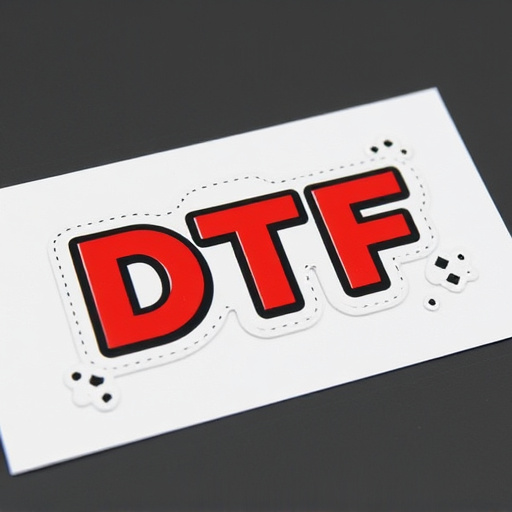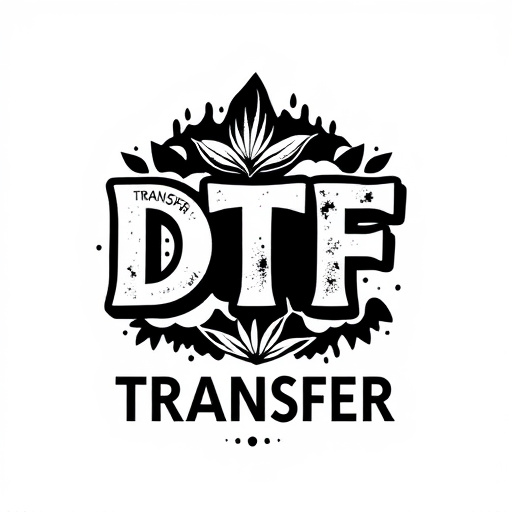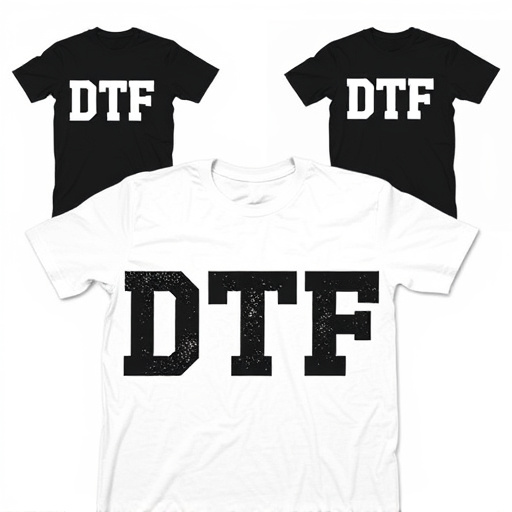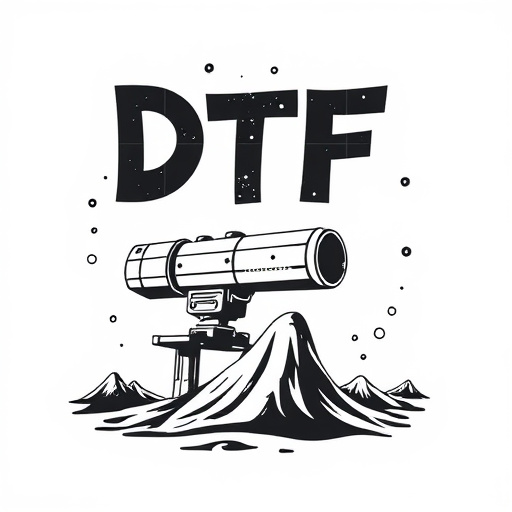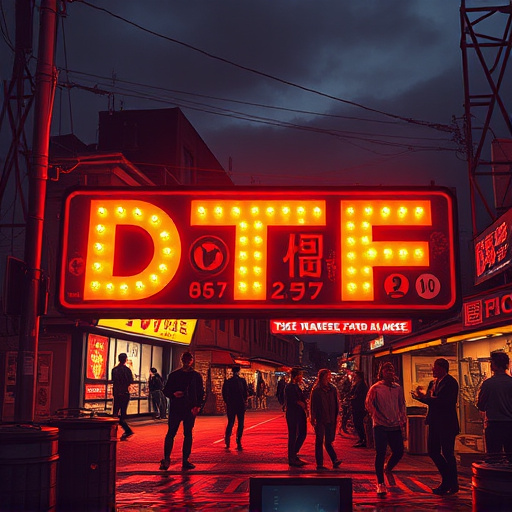The DTF (Direct Transfer) process revolutionizes data migration by offering automated, real-time data transfer between systems, eliminating manual errors. In the context of film preservation and art reproduction, DTF Transfer utilizes advanced technology to convert analog footage and artwork into digital formats while preserving quality and aesthetics. Proper pre-processing, including cleaning, digitizing, and color correction, ensures optimal results. Professionals expertly apply this process, maintaining color accuracy, resolution, and texture in photographs, paintings, and illustrations. Strict Quality Assurance (QA) standards guarantee industry-leading results, preserving content integrity for cinematic enthusiasts. DTF Transfer is a structured, efficient solution for organizations seeking to optimize data management and gain valuable insights.
Direct-to-film (DTF) transfers have revolutionized the way we preserve and share visual content. This professional service offers a unique method of converting footage into high-quality, durable film prints. In this article, we explore the art and science behind DTF transfers, from understanding the process to mastering equipment, pre-processing, execution, quality control, and post-transfer applications. Unravel the secrets of creating exceptional DTF transfers that meet customer expectations and leave a lasting impression.
- Understanding Direct-to-Film Transfers: A Professional's Perspective
- Equipment and Technology for DTF Transfer Process
- Pre-Processing Steps: Preparing Your Footage for Transfer
- Execution: The Art of Direct-to-Film Conversion
- Quality Assurance: Ensuring Optimal Results
- Post-Transfer Applications and Customer Expectations
Understanding Direct-to-Film Transfers: A Professional's Perspective

Equipment and Technology for DTF Transfer Process

The professional creation of direct-to-film (DTF) transfers relies heavily on advanced equipment and cutting-edge technology. Key components include high-resolution scanners capable of digitizing film stock with meticulous detail, ensuring a faithful reproduction of the original. These scanners employ specialized lighting and sensors to capture every nuance, from subtle grain textures to vibrant color palettes.
Once scanning is complete, powerful software takes over, processing the raw data into a format suitable for printing. This involves sophisticated image enhancement algorithms that refine contrast, sharpness, and color accuracy. The final step is the use of precision printers that lay down dye onto transparent film, mimicking the traditional photochemical process. This meticulous DTF Transfer process results in stunning visual fidelity, preserving the look and feel of classic cinema for modern audiences.
Pre-Processing Steps: Preparing Your Footage for Transfer
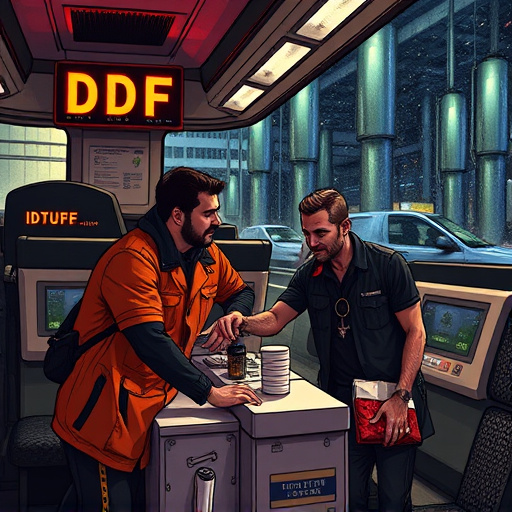
Before embarking on a direct-to-film (DTF) transfer, proper pre-processing is essential to ensure optimal results. This involves several crucial steps to prepare your footage for the transition from analog to digital formats. Initially, it’s imperative to assess and clean the source material, removing any unnecessary artifacts or damage that could compromise the quality of the final product. This includes digitizing the footage at an appropriate resolution, ensuring color correction and balancing, and stabilizing any shaky or unfocused frames.
Additionally, organizing your media files efficiently is paramount. Renaming and structuring your videos with clear, consistent names helps in easy navigation during the transfer process. It’s also vital to back up all original footage to ensure against loss or corruption. This meticulous pre-processing not only guarantees a smoother transfer but also enhances the overall quality of the digital copy, preserving the essence of your film for years to come.
Execution: The Art of Direct-to-Film Conversion

The execution of a direct-to-film (DTF) transfer is an art that requires precision, skill, and a deep understanding of both the source material and the desired outcome. It involves taking existing content, be it a photograph, painting, or illustration, and converting it into a format suitable for printing on film. This process demands careful consideration of color accuracy, resolution, and texture to ensure the final product maintains the original artwork’s integrity and visual appeal.
Professional creators master this art by employing advanced software tools and techniques. They begin by digitizing the source material, often using high-resolution scanners or specialized imaging software. Next, they meticulously adjust settings, apply filters, and make fine adjustments to preserve the nuances of the original work. This meticulous process ensures that every detail, from subtle shading to intricate textures, translates accurately onto the film. The end result is a DTF transfer that not only captures the essence of the original but also offers the unique aesthetic benefits of traditional film printing.
Quality Assurance: Ensuring Optimal Results
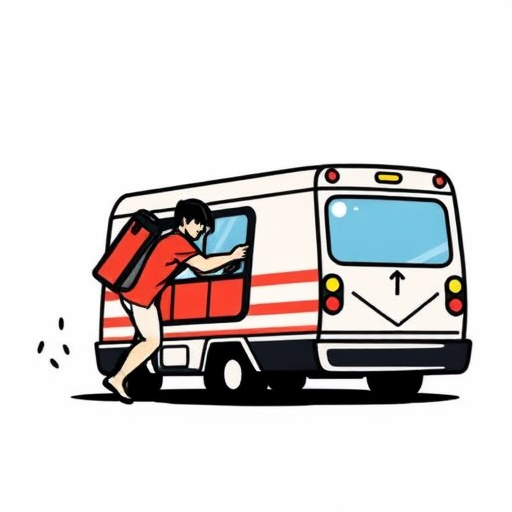
In the professional creation of direct-to-film (DTF) transfers, Quality Assurance (QA) plays a pivotal role in delivering optimal results to customers. Rigorous QA processes ensure that each DTF transfer not only meets but exceeds industry standards, preserving the original content’s integrity and visual fidelity. This involves meticulous checks at every stage of the transfer process, from initial source material evaluation to final output validation.
By employing state-of-the-art equipment and expert technicians, our team conducts thorough testing to identify and rectify any defects or inconsistencies. This includes color accuracy assessments, frame rate verifications, and noise level monitoring, ensuring a seamless transition from the original film to the digital format. Our commitment to QA guarantees that customers receive high-quality DTF transfers that are true to the source material, offering a rich viewing experience that cinematic enthusiasts deserve.
Post-Transfer Applications and Customer Expectations





